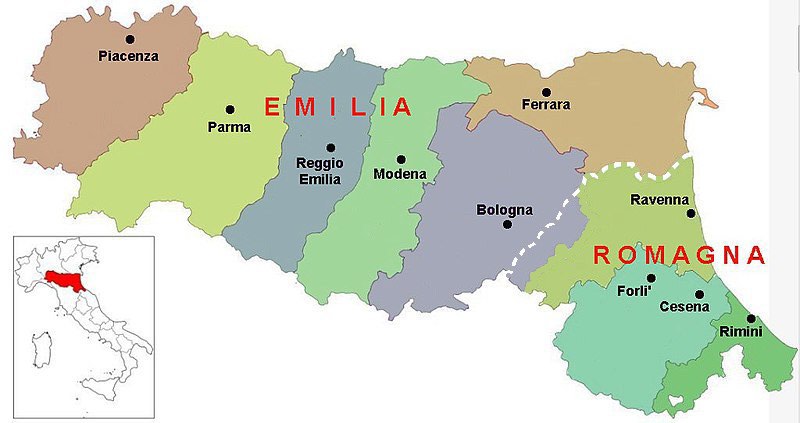The use of two different materials is the characteristic of the exterior or another Piacenza’s monument, the Cathedral. In this case the bicolor effect is made by pink marble on the base, and sandstone on the top. The highlights of the church are the baptismal font from the 5th Century, and the cupola with frescoes by the Emilian painter Guercino. It is possible to climb some stairs to have a closer look of the dome.
The bell tower, from 1333, is 72,5 meters high and is topped by a statue of an angel that works also as a wind vane.
Worth a visit is also the Kronos Museum. On the first floor of the building is possible to admire a triptych from the 14th Century by Serafino De’ Serafini, and some beautiful pieces from the painter Guido Reni. The second floor is dedicated to the relics, while on the third level is preserved the Code 65, a mysterious medieval book dating back to 1100, which includes notions about many different subjects like astronomy and astrology, agriculture, and medicine.
Piacenza’s gastronomy boasts a rich and varied tradition. Thanks to its geographical position, it has received influences also from the bordering Italian regions of Lombardy, Piedmont and Liguria.


